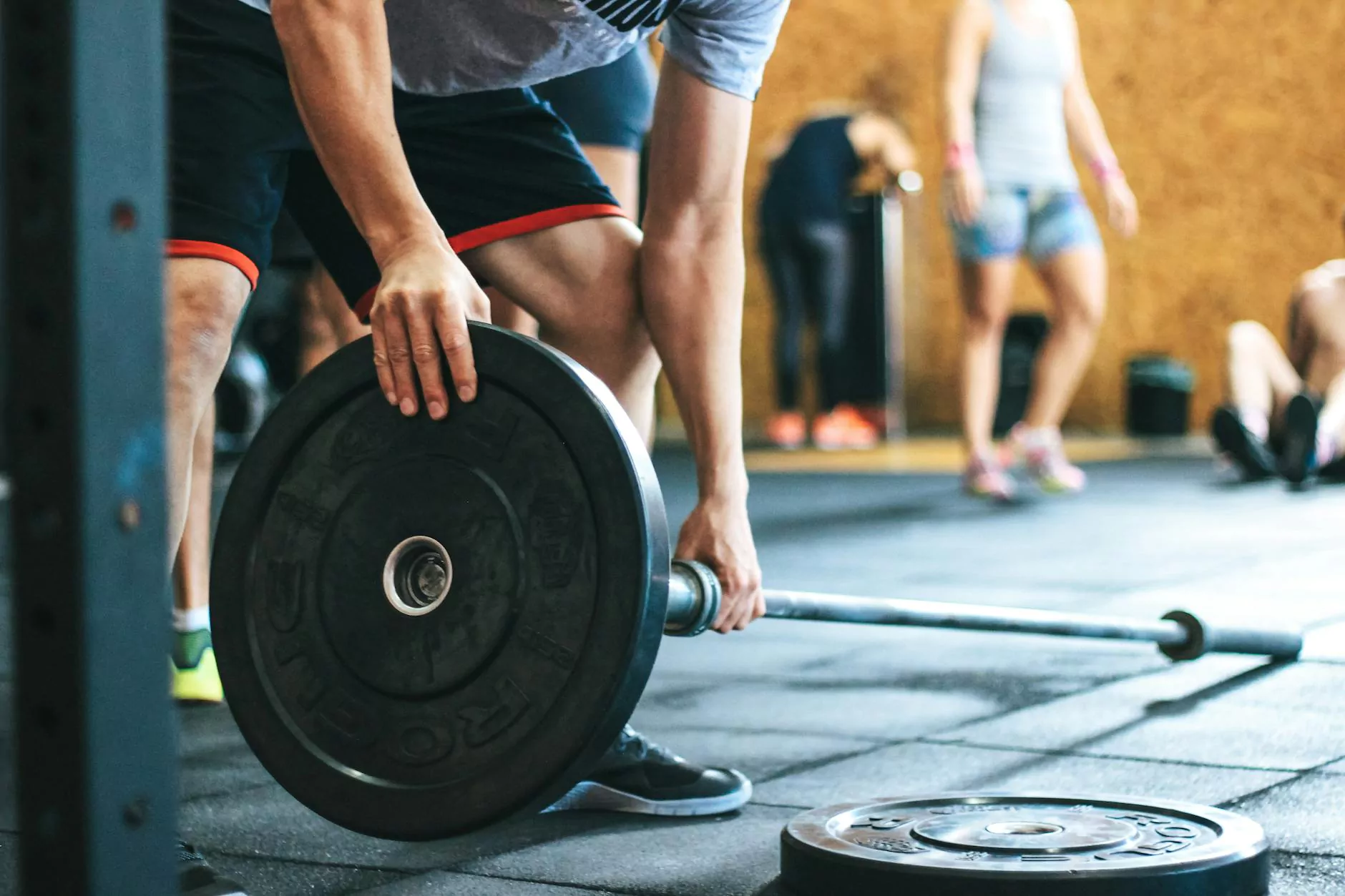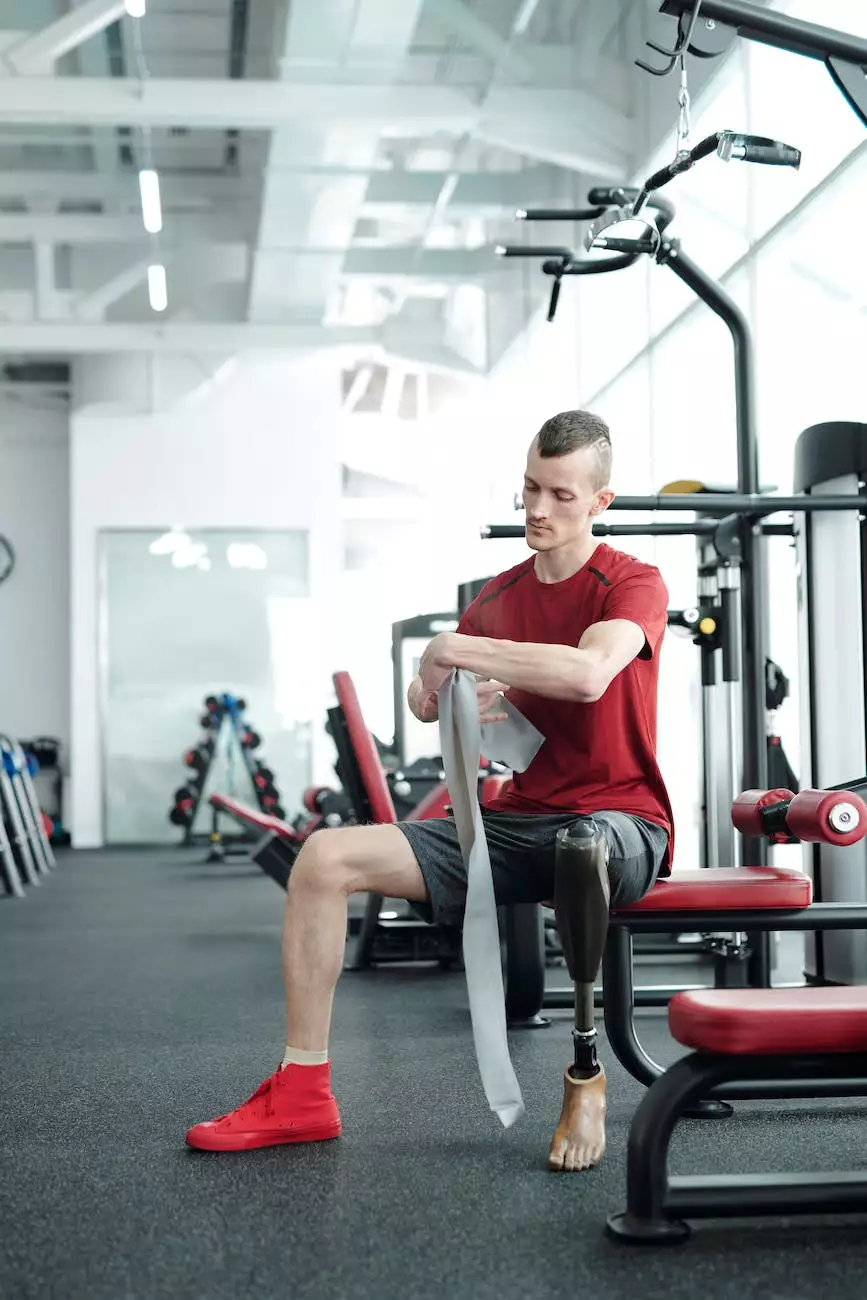Uncovering the Facts of Different Types of Muscle Strains

Introduction
Muscle strains are common injuries that can affect anyone, from athletes to everyday individuals. Understanding the different types of muscle strains, their causes, symptoms, and treatment options is crucial for proper care and recovery. Backlund Chiropractic and Holistic Health is dedicated to providing comprehensive information on muscle strains to help you gain insights and make informed decisions about your well-being.
The Importance of Muscle Health
Muscles play a vital role in our body's ability to move, stabilize, and protect our skeletal system. However, due to various factors such as overuse, poor posture, or sudden movements, muscles can experience strain or injury.
It is important to prioritize muscle health by incorporating proper warm-up routines, regular stretching exercises, and maintaining good posture during activities. Understanding the different types of muscle strains enables individuals to identify potential risks, take preventive measures, and seek appropriate treatment when necessary.
Common Types of Muscle Strains
1. Hamstring Strains:
Hamstring strains are a prevalent type of muscle strain, particularly among athletes involved in sprinting or activities requiring rapid acceleration. These strains occur when the muscles at the back of the thigh are overstretched or torn. Symptoms of a hamstring strain can range from mild discomfort to severe pain, accompanied by swelling, bruising, and difficulty moving the affected leg.
Treatment for hamstring strains often involves rest, ice, compression, elevation (RICE) therapy, physical therapy, and in some cases, pain medication. It is crucial to gradually reintroduce activities and exercises to avoid re-injury.
2. Quadriceps Strains:
The quadriceps, located at the front of the thigh, are susceptible to strains due to activities such as running, jumping, or sudden changes in direction. Quadriceps strains can cause sharp pain, tenderness, and weakness in the affected leg. Swelling and bruising may also accompany the injury.
Treatment for quadriceps strains may involve rest, the application of ice packs, compression, elevation, physical therapy, and the use of non-steroidal anti-inflammatory drugs (NSAIDs) for pain management. It is essential to follow a guided rehabilitation program to regain strength and flexibility.
3. Groin Strains:
Groin strains commonly occur during activities that involve rapid side-to-side movements or sudden changes in direction, such as soccer or hockey. The muscles of the inner thigh and groin region are affected, leading to pain, tenderness, swelling, and difficulty walking.
Rest, ice, compression, and elevation are initial steps for managing groin strains. Physical therapy exercises focusing on strengthening the muscles, along with manual therapies such as chiropractic care, can aid in recovery and prevent future injuries.
4. Calf Strains:
Calf strains are frequently observed in individuals who engage in running, jumping, or activities that involve repetitive movement of the calf muscles. These strains can cause sharp pain, tenderness, swelling, and difficulty walking or standing on tiptoes.
Treatment for calf strains typically involves the RICE method, physical therapy exercises, and gradual return to activity. Chiropractic adjustments and deep tissue massage can also promote healing and prevent muscle imbalances.
Prevention and Recovery
Preventing muscle strains is possible by adopting healthy lifestyle habits, maintaining a balanced exercise routine, and using proper form during physical activities. It is crucial to warm up before engaging in strenuous exercise and cool down afterward to prevent muscle fatigue and potential injury. Incorporating regular stretching exercises can enhance flexibility and reduce the risk of strains.
If a muscle strain does occur, seeking professional care from experienced chiropractors and holistic health practitioners like Backlund Chiropractic and Holistic Health can expedite recovery. They provide a comprehensive range of services including chiropractic adjustments, massage therapy, rehabilitation exercises, and nutritional guidance to support the healing process.
Conclusion
Muscle strains are a common occurrence, but with the right knowledge, preventative measures, and proper treatment, individuals can overcome these injuries and regain their mobility. Backlund Chiropractic and Holistic Health aims to empower individuals by providing a wealth of information on muscle strains, helping them make informed decisions that positively impact their overall well-being.



